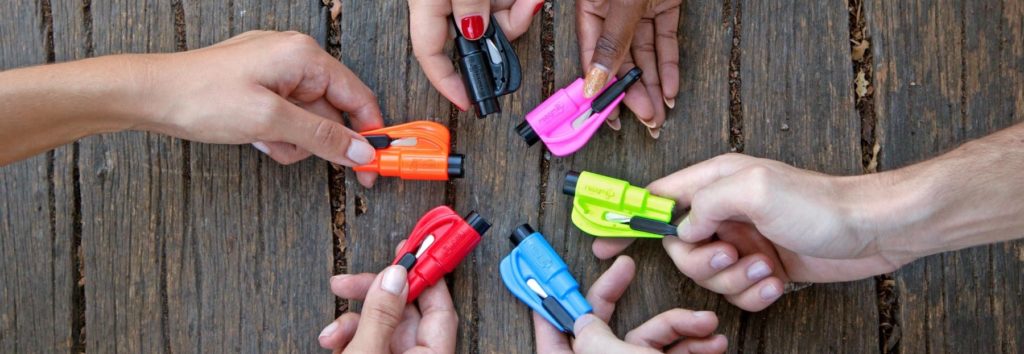Thanks for signing up! We’ve sent a confirmation email to your inbox. Click the link in your email to confirm and be on the lookout for expert safety preparedness tips!
In the meantime, check out one of our most popular posts:
“Using a Maintenance Checklist to Keep Your Car Safe: 6 Items to Check”
And make sure to watch the video at the end featuring resqme on the “Today Show.”

“Using a Maintenance Checklist to Keep Your Car Safe: 6 Items to Check”
Eighty-four percent of vehicles on the road need parts or servicing, according to a 2014 Car Care Council survey. Performing routine maintenance checks on your car is the best way to avoid these issues and make sure you and your family stay safe on the road. Here is a checklist of some of the most important maintenance items you should maintain to keep your car safe.
1) Brakes
Maintaining your car’s braking system is the most vital part of keeping your vehicle safe, says Autos.com, which provides a comprehensive safety maintenance checklist. Bad brakes can cause you to slide into a car in front of you, into an intersection or off the road. You can do a simple check of your brakes by pumping them several times with the engine off until you feel the pedal become firm. You should be able to hold the pedal for 10 seconds without feeling movement. If you feel movement or softness, get your brakes checked.
2) Tires
Keeping your tires in good shape is vital to maintaining control of your vehicle on the road. Bad tires can cause you to skid or swerve, which can be especially dangerous in bad weather.
Begin your tire inspiration by checking the sidewalls for nicks or bulges. If your tires are worn, they need to be replaced. Finally, check the pressure with a gauge and inflate if necessary. Check your tires once a month or before you go on a long trip, and replace them at least once every 10 years.
3) Lights and Signals
Your lights and signals let other drivers know where you are and where you’re going. If these indicators are not working, another driver might not realize you’re about to turn, or they might miss you in the dark. A comprehensive check of your lights and signals should include your brake lights, front and rear blinkers, front and rear hazard flashers, rear reverse lights, side marker lights, and high and low beam headlights.

4) Fluids
Maintaining proper fluid levels will help you avoid mechanical problems. It will also keep you from getting stranded, which can become a safety issue in bad weather or driving in the desert. A general inspection of your fluid levels should cover your brake fluid, engine oil, engine coolant, transmission fluid and power steering fluid.
5) Electrical and Safety Systems
Checking your instrument panel can give you an early warning of issues such as engine problems. Check to make sure no warning lights are on, such as lights to check your engine or airbags. Make sure all dash and accessory lights work properly. You should also check safety features, which include your seatbelts and horn. If you have a small child, check the car seat.
6) Engine Issues and Other Items
The checklist covers the most essential safety maintenance items, but there are a number of other issues that come up periodically. For instance, if your engine isn’t running properly, you might need to pop the hood to give it a look. Items you can glance at include your radiator, belts, hoses and spark plug wires, among others. Occasionally, engine valves may need maintenance. Most valves use nitrile-based seals. These can become brittle from long-term overheating, causing problems such as low lubrication or flooding. Eric the Car Guy demonstrates how you can do a compression test to check the condition of your valves. It’s a good way to get a baseline of the mechanical health of your engine.
Source: Ruth Ann Monti/Social Monsters. Ruth Ann provides copywriting and content development for all things webby. Her interests include content development and SEO topics and small business issues, including technologies that support them.
Stay connected to the experts in safety preparedness and join the conversation on Twitter

